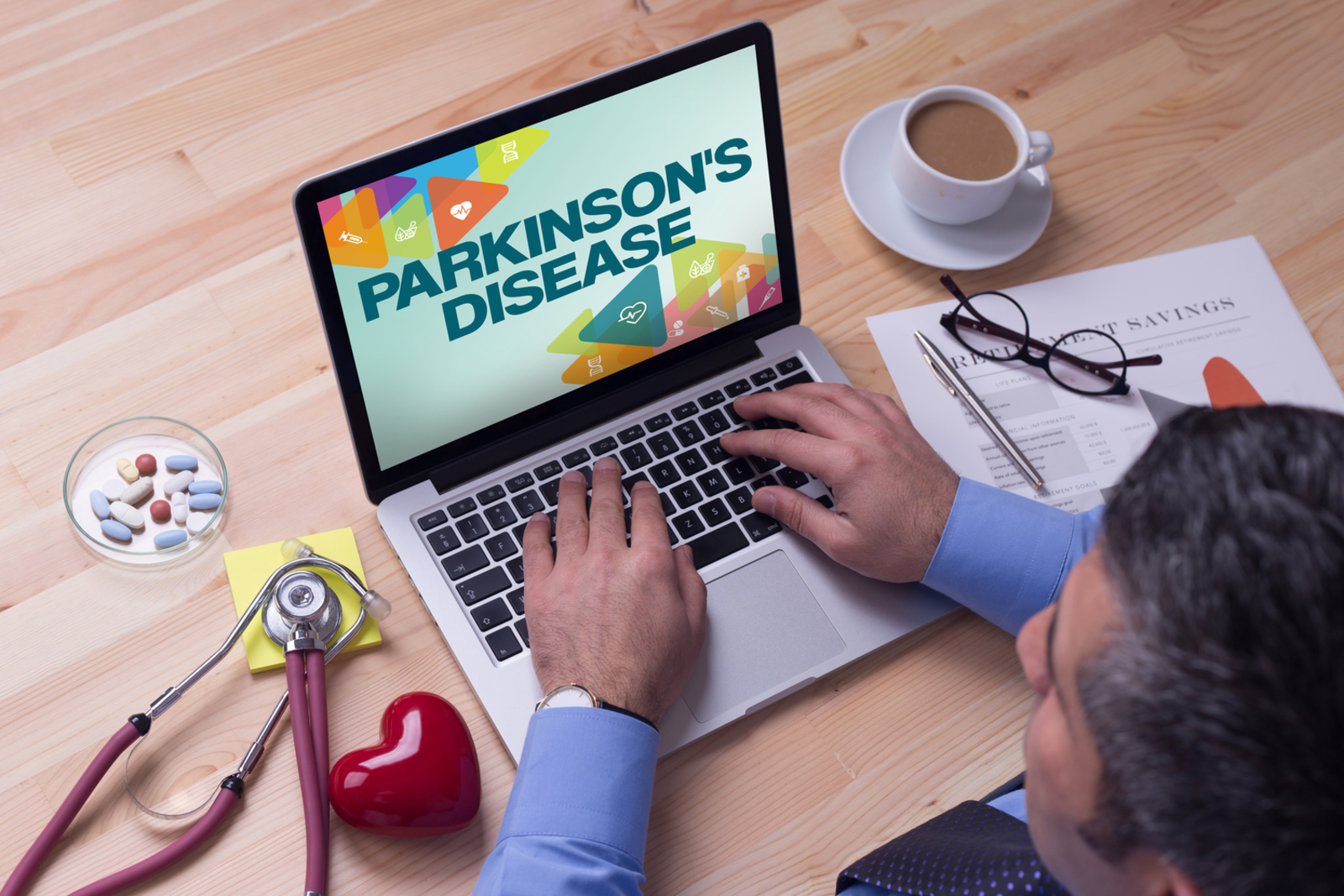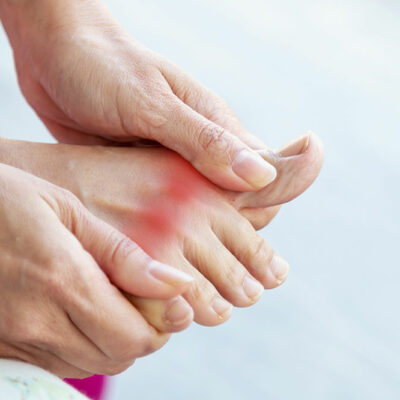
5 Symptoms of Parkinson’s Disease and Treatments
Parkinson’s disease is a neurological disorder that affects the body’s movement. It is a progressive disease, which means that it gets worse over time. There is no known cure for Parkinson’s disease, but treatments available can help lessen the symptoms, such as Gocorvi, Austedo, Rytary, Ingrezza, and Carbo Levodopa. Here, we will discuss five common symptoms of Parkinson’s disease. If you are experiencing any of these symptoms, please see your doctor as soon as possible:
1. Tremors
Parkinson’s disease causes tremor, or involuntary shaking. Tremor can affect your hands, legs, face, jaw, and tongue. The tremor can range in frequency and intensity. In some cases, the tremor is so severe that they interfere with daily activities like writing and eating. Some people report that their dentist even noticed their tremor while sitting in a dental chair. According to the National Parkinson’s Foundation, medication can help reduce the frequency and intensity of tremor. In some cases, surgical procedures are required to treat severe tremor.
2. Rigid muscles and stiffness
Many people with Parkinson’s disease experience stiff muscles, or rigidity. This condition can cause pain and difficulty moving bones, joints, and muscles. The stiffness may make it difficult to bend over to pick things up off the floor. A recent report from the National Parkinson Foundation found that nearly 90% of people with Parkinson’s disease experience stiffness. This is due to a decrease in dopamine, which helps regulate movement.
3. Slower movement and decreased mobility
Another major symptom of Parkinson’s disease is decreased mobility and slower movement. It can be hard for people with Parkinson’s disease to walk, get out of bed, or use stairs. It may be difficult to complete daily tasks like cooking and cleaning. When you are diagnosed with Parkinson’s disease, it is essential to have a plan for managing your day-to-day activities and take medications as prescribed. This will help to keep you as active as possible and help to maintain your independence.
4. Arms that don’t swing when walking
While walking, your arms should swing naturally and smoothly. With Parkinson’s disease, the arms can start to move in jerky motions, or stop completely at random. This can make walking more difficult and cause fatigue. In addition to medication, exercise can help to reduce these symptoms. Reviews from the Parkinson’s Foundation indicate that exercise helps to increase energy, improve balance and reduce stiffness. As with any exercise regimen, talk to your doctor before starting.
5. Decreased facial expression
Facial expression is one of the most important ways that we communicate with others. It is also essential in social situations. With Parkinson’s disease, some people also find it difficult to smile or express other emotions. You may have difficulty reading facial expressions and making poor eye contact while conversing with others. By understanding your facial expressions and the nonverbal clues your body gives, you can learn to read people better and adjust to the changes in your thoughts and behavior.
These are just a few symptoms associated with Parkinson’s disease. Parkinson’s disease is a progressive neurological illness. It will affect your quality of life and the way you live. If you or a loved one is experiencing these symptoms, please see your doctor as soon as possible.


